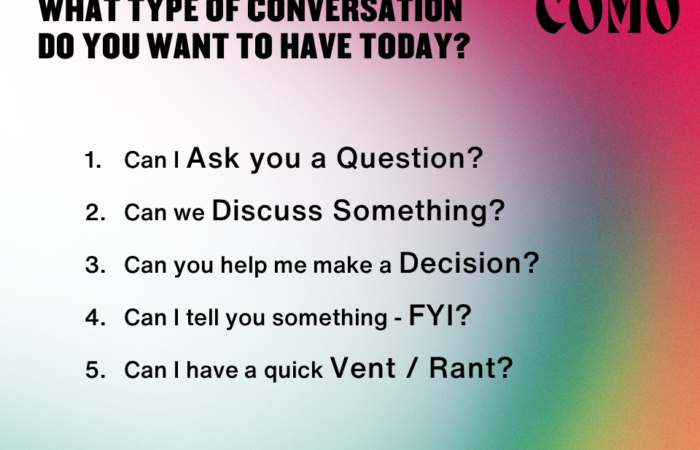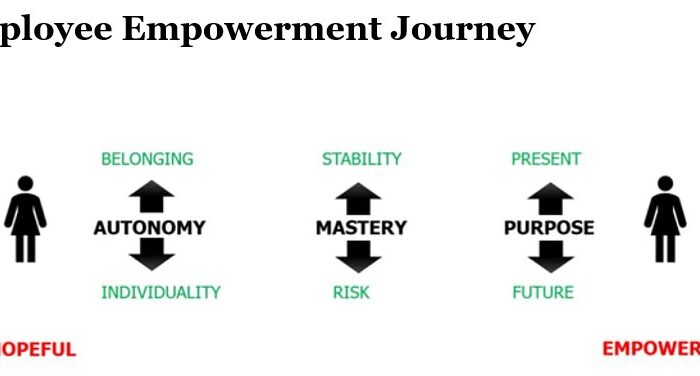As Your Team Grows: Are They United? Or Noisy Neighbours?
DATELINE: MANCHESTER, ENGLAND
Hi –
I’m now at the end of my second week research mission around the UK, with a detour last weekend to run a workshop in Paris.

A key observation so far – which may also be true in Australia – is that the chattering consultant classes are quick to observe the doom and gloom (Brexit, General Election, Weather) … but there are abundant privately-owned businesses who are ignoring the noise and achieving amazing things.
Choose who you want to listen to and work with! And if you’re not sure where you sit, can I recommend my rapid ‘Business Freedom’ scorecard?
And something which has been true since I launched my coaching business 18 years ago: The Business Lifecycle has a greater influence on a company than the Economic Cycle!
Blackboard Fridays Episode #58 – The Top 3 Priorities for a Scale Up Business
We are focusing today on the Scale-Up phase of your business journey.
Start Up to Scale Up
Now every business, that’s in business long enough, moves through all four of these phases in the lifecycle: Start Up, Scale Up, Step Up, and Sell Up. However, they move at different paces – and sometimes they fail to clear the speed bumps, hurdles, and brick walls that show up.
The Start Up phase generally lasts between 18 months and 3 years. The Scale Up phase can last as long as a decade, and it’s a good place to be.
If your business is in the Scale Up phase, if you are a growth or fast growth business, this is a great time to be in business. Implement the strategies we discussed last week, to get you from Start Up to profitable Scale Up, and then implement the priorities discussed below to sustainably grow without moving forward too fast.
Selling to a Scale Up Business
If you’re selling to clients who are in this phase, it’s crucial you understand how they’re feeling. Even if you have a product or service that’s perfect for their industry or their size of business, misunderstanding their emotional state will lose you deals.
A prospect in Scale Up can be superb, since they’ve got more money, more profit, and more time than at any other phase in the journey. They can be great customers because they’re not going to quibble over price.
However, they can be difficult customers because they don’t necessarily feel that they need whatever it is that you have to sell. Organic growth is coming in a relaxed manner, so unless they’re strategically looking ahead they may think “this will last forever” and not seek to make changes.
I work with a lot of clients who are in that that “speed bump point” between Start Up and Scale Up – they feel a little stuck and uncertain, so seek the expert help to get them through the transition.
Sadly I don’t get a whole lot of clients in the Scale Up phase – simple because very few business owners think “Hey we’re growing really fast, let’s talk to a business advisor.” So my marketing doesn’t target these businesses.
Understanding where your ideal client sits on the Business Lifecycle journey can help you focus your marketing and sales efforts more profitably.
How Does Scale Up Feel?
So, if you are a business in Scale Up, what’s the journey that you’re going through?
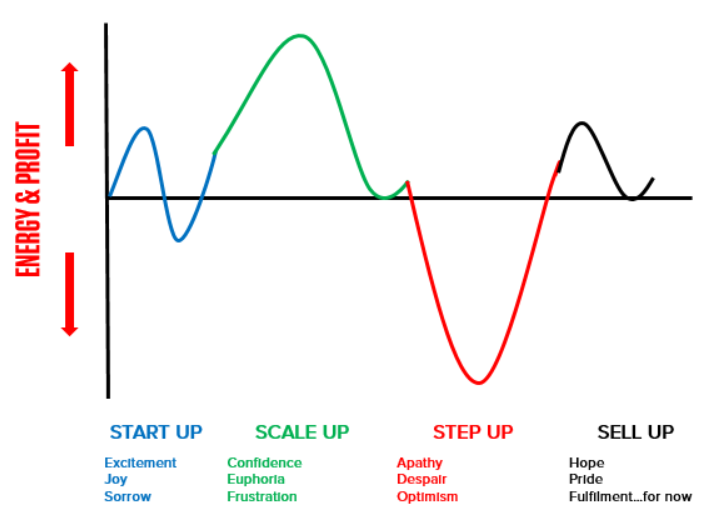
Well you remember we left you at the end of Start Up feeling confident? Unfortunately, confidence isn’t enough to get your business working.
You can be confident in your idea but that doesn’t mean that you’ve necessarily got the skills, the execution, the right market for it to work. But if you’ve successfully implemented the top 3 priorities of a Start Up business (the product market fit, the business model, and the sustainable sales) then the energy from revenue is going to propel you into Scale Up.
The first thing you’re going to notice is that Confidence gives way to Relaxation. You are now generating regular revenue, profitable revenue, on a consistent basis. All of that hard work that wheelspin of Start Up is now in your rear view mirror. You’ve got traction and you’re achieving the growth that you want or need – if you’re not there yet, ask yourself how that will feel?
Now, that Relaxation can last a long time but some people try and rush through it too fast because they think it’s going to last forever. It won’t last forever.
The first trigger that you’ll have, and this on average is seven to ten years into business, is this feeling of Relaxation starts to build and expand into one of Euphoria, Ecstasy. The overwhelming feeling of success and achievement at the pinnacle of the Business Lifecycle diagram comes because you’ve achieved everything that you set out to achieve in business.
Now that feels great I’m not going to deny you that sensation, I just want to point out that if you’ve achieved everything you want to achieve in business, there’s only one way you can go. And on an emotional level that’s exactly what happens to businesses when they move through that peak as they head into the downside of the Scale Up phase.
Remember the above and below the line conversations on the Business Lifecycle diagram are around energy and profitability, not necessarily revenue. Sometimes a business can continue to grow the top line they revenue, while profitability and energy are dropping and they don’t even recognize what’s going on. The feeling I hear most at this point in the cycle is Frustration, which can give way to Stress – a real pressure on you as the business owner to keep the business growing, even though it’s it’s not giving you anything anymore.
So the Scale Up phase covers more than just the relaxed scaling up, and the euphoric success and achievement. The shadow of this success if the frustration and stress as you transition from a business you run … to a business running you.
The Top 3 Priorities of a Scale Up Business
So, what do you need to do as a business owner in (or approaching) the Scale Up phase? (And if you’re selling into Scale Up businesses, what are some of the strategic priorities you need to speak to to help a business go through this phase?)
1. Profit Formula
Well, the first one is a Profit Formula.
You’re starting to achieve growth, turning a business from one where you’ve got to push for every last dollar into a freight train that runs under its own steam. But the challenge is that the freight train can take over. Suddenly, your business can be running you.
Uncontrolled Growth is generally a sign that profit is being left on the table. How clear are you about things like your fixed costs, your variable costs, your break-even point, your cash break-even point?
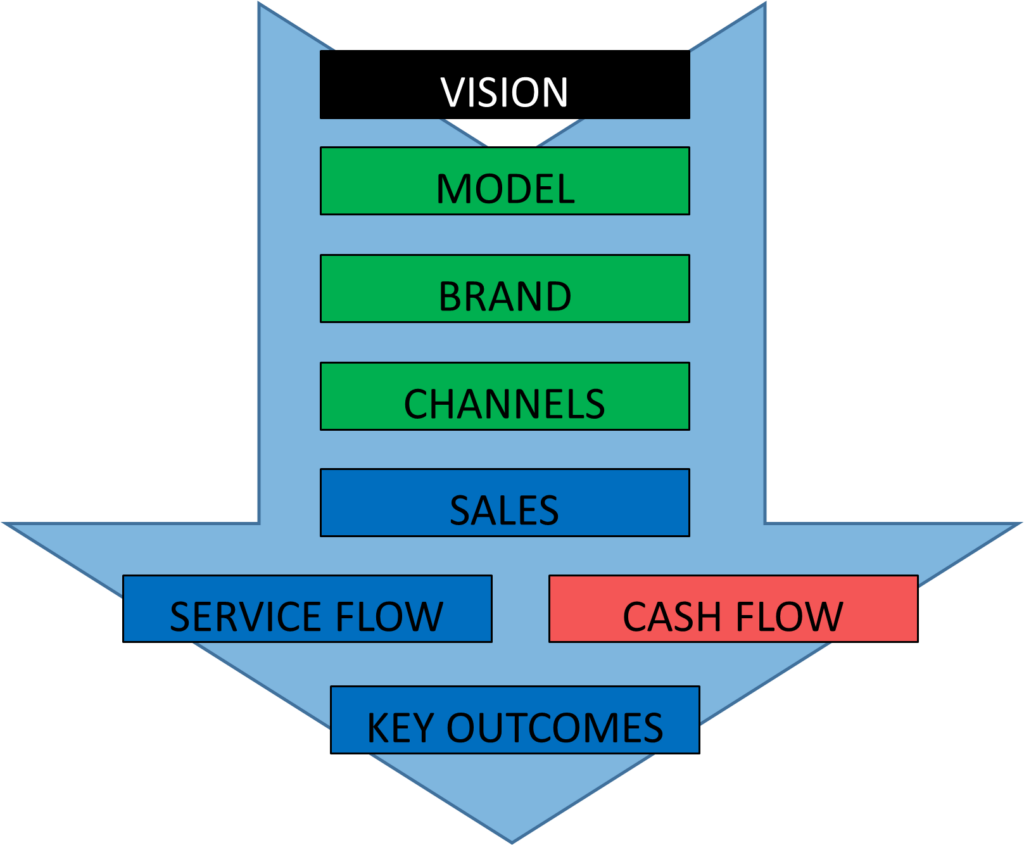
Your accountant or CFO is your friend through the Scale Up phase of the business lifecycle, getting you clear on making sure you’re profiting as much as you possibly can.
2. Growth Plan
Two, you need a Growth Plan. While your Profit Formula will help you tighten your financial controls, uncontrolled growth can also mean you’re investing in the wrong opportunities or moving forward without direction.
You need to have a plan for what you’re doing at each step along that way, all the way up to the Euphoria at the top. This will help keep you grounded. It will also help you put in place the things to make sure that this inevitable dip is not as significant or impactful as it otherwise could be.
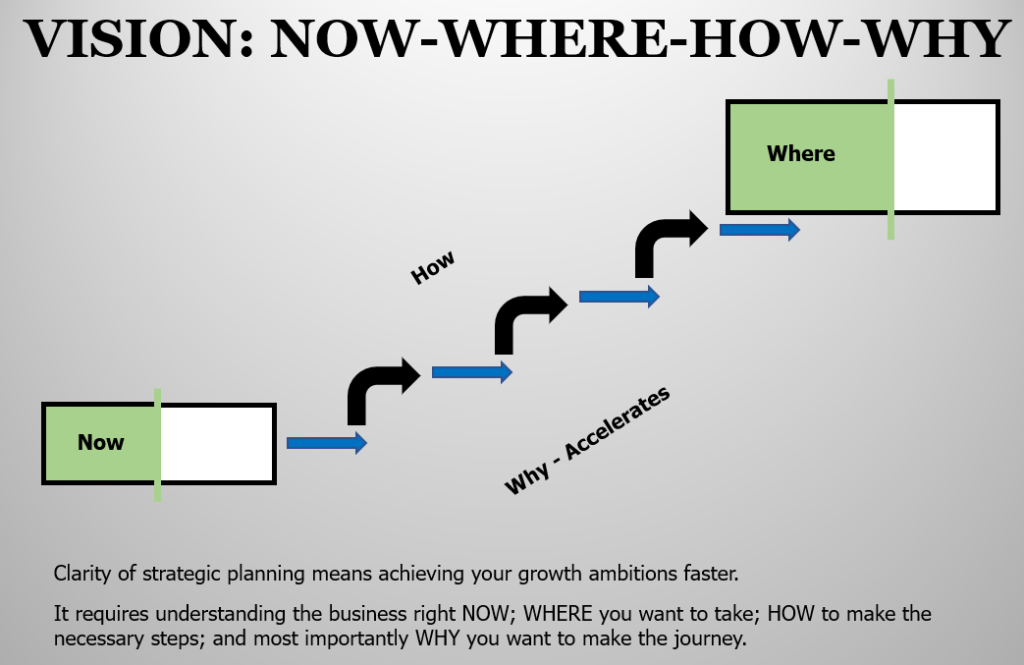
3. Team Culture
The third thing to really focus on, especially in the early period of the Scale Up phase, is your Team Culture.
This surprises some people who wonder why I don’t talk about building a culture at Start Up. And part of the answer is that you do build a culture in Start Up, but it’s built around you (or the founding team) and it’s easy to maintain the culture when you’re small and growing consciously.
As the business scales, you need to focus on Culture. You need to think strategically about Culture, or it too will go out of control. You’ll walk into a business one day and realize that you’ve got an entire team of people you don’t actually like.
As I discuss at length in other episodes, too many business owners have bought the lie that Culture Eats Strategy for Breakfast (and so Strategy doesn’t matter); while too many others believe that Culture is organic and cannot be designed. Culture is absolutely a strategic priority you can design and execute. Just remember it’s one part of your overall business, not something that’s more important than (for example) actually making a profit.
In Summary
Less than half the businesses that start actually make it to the Scale Up point in the Business Lifecycle.
If you have made it there, #Congratulations.
In next week’s episode, we’re going to talk about what you can do to minimize the impact of that looming brick wall and help make sure that your business doesn’t fall over, just when its success is at its greatest point. I’ll see you next week.
Next Steps
Want to learn more about how this can apply to your business? It costs nothing to chat:
- Email me jacob@jacobaldridge.com (I read them all)
- Call, Text, or WhatsApp me +61 427 151 181
- Or just Subscribe https://jacobaldridge.com/about/subscribe-to-jacob-aldridge-com/ to stay in touch
With love,
Jacob Aldridge
International Business Advisor
WhatsApp +61 427 151 181
Visit my website
Connect on LinkedIn



